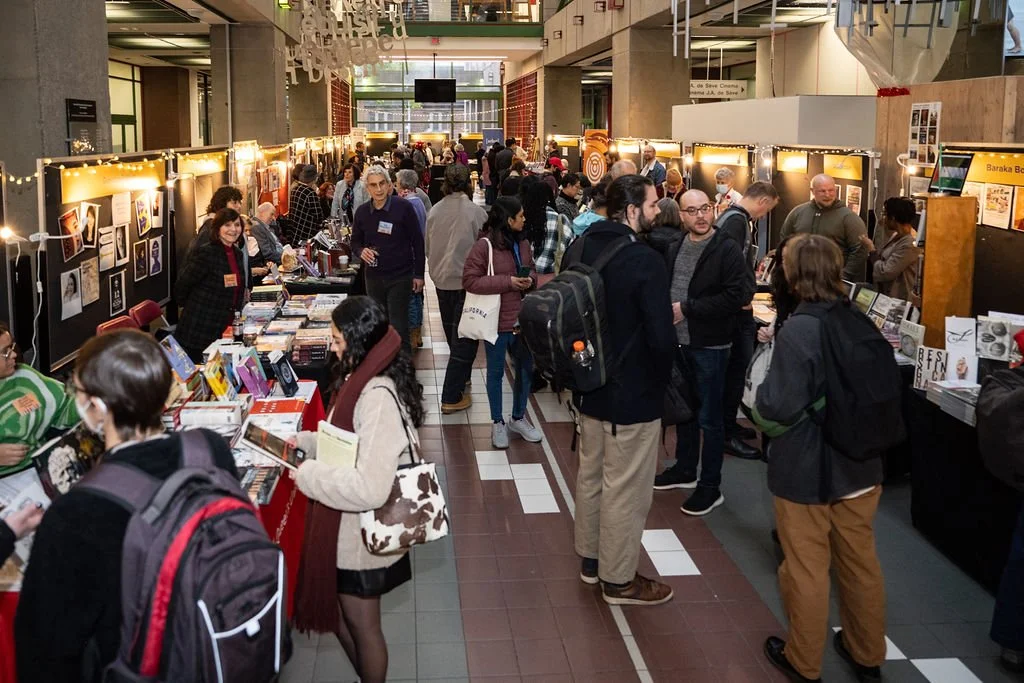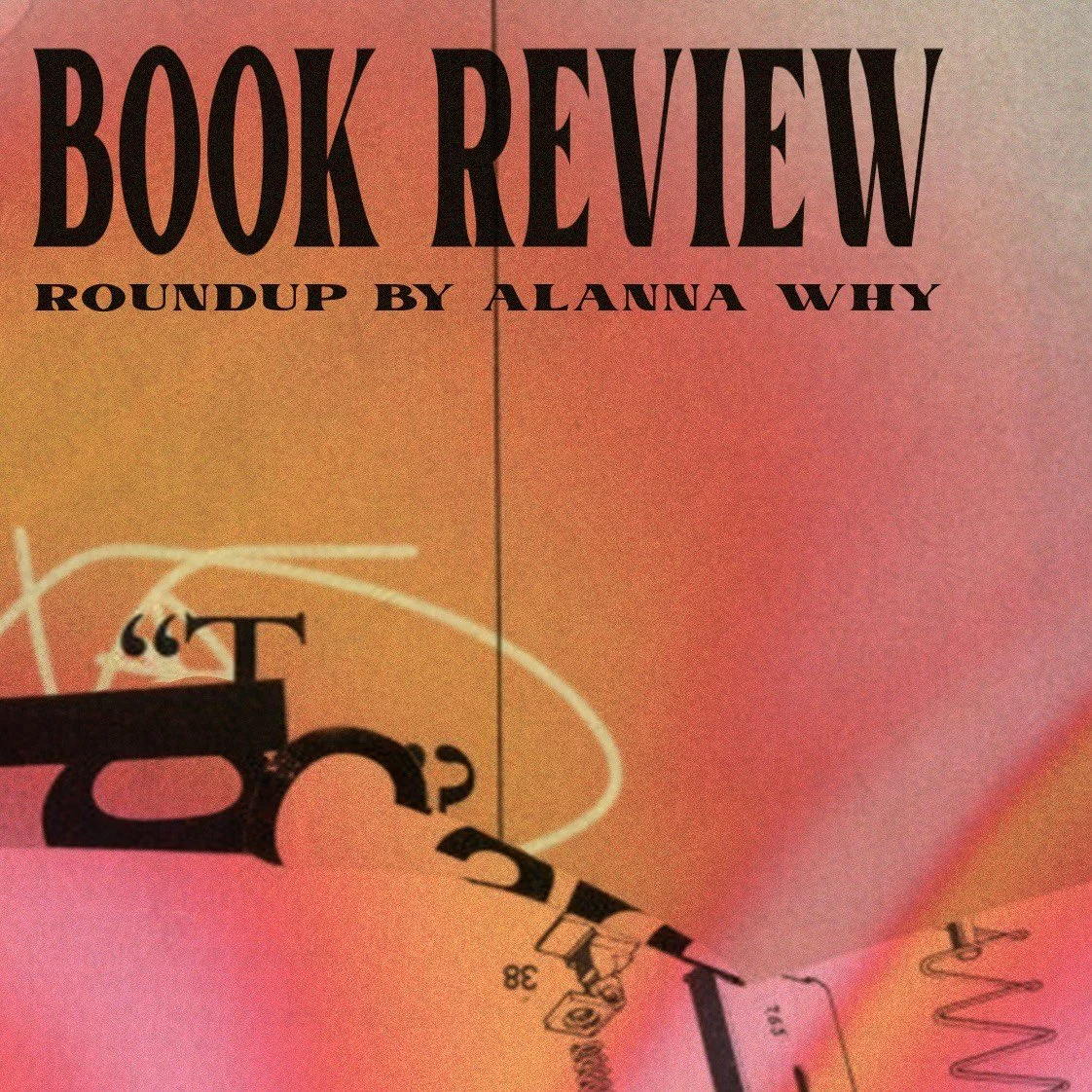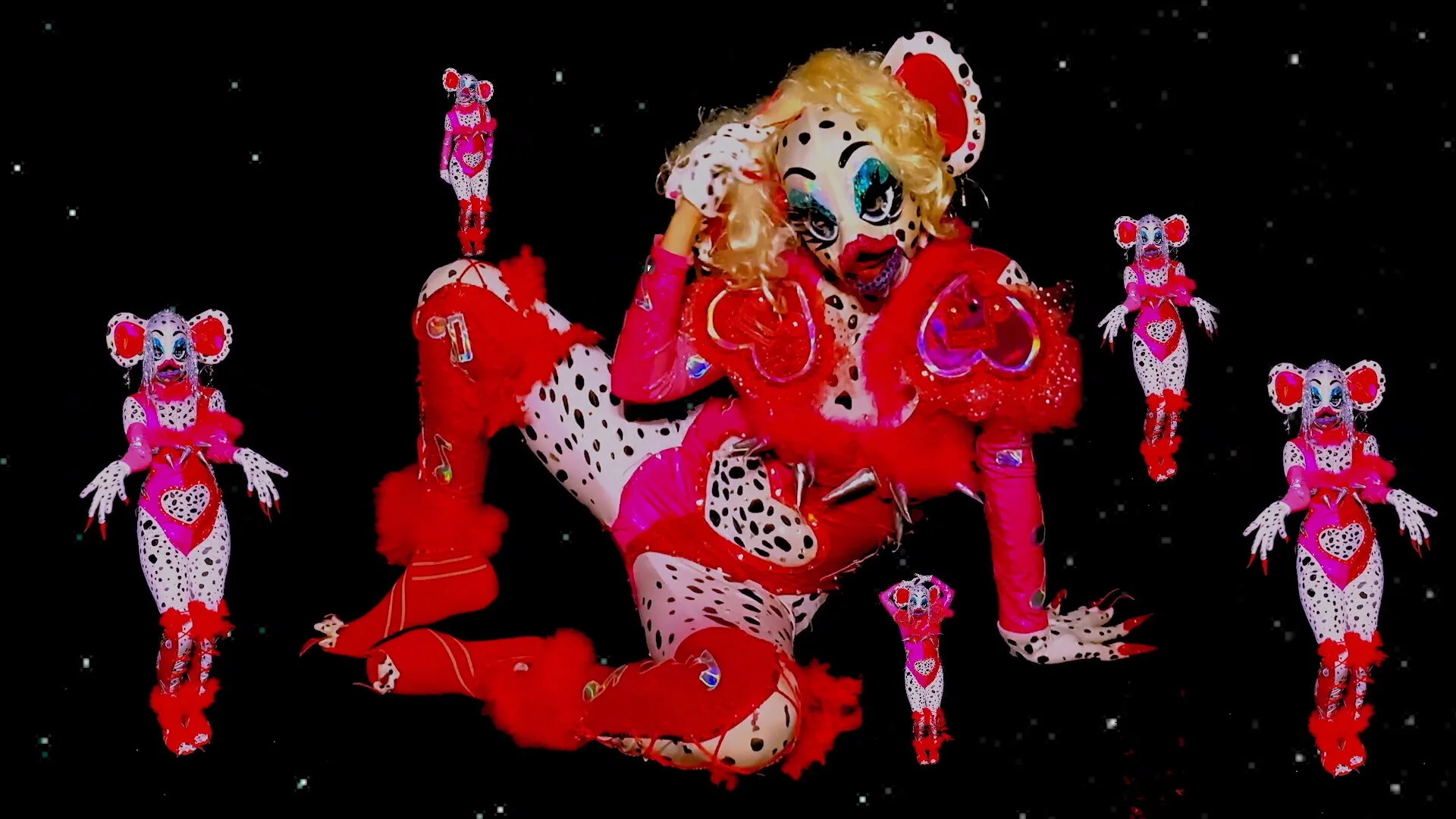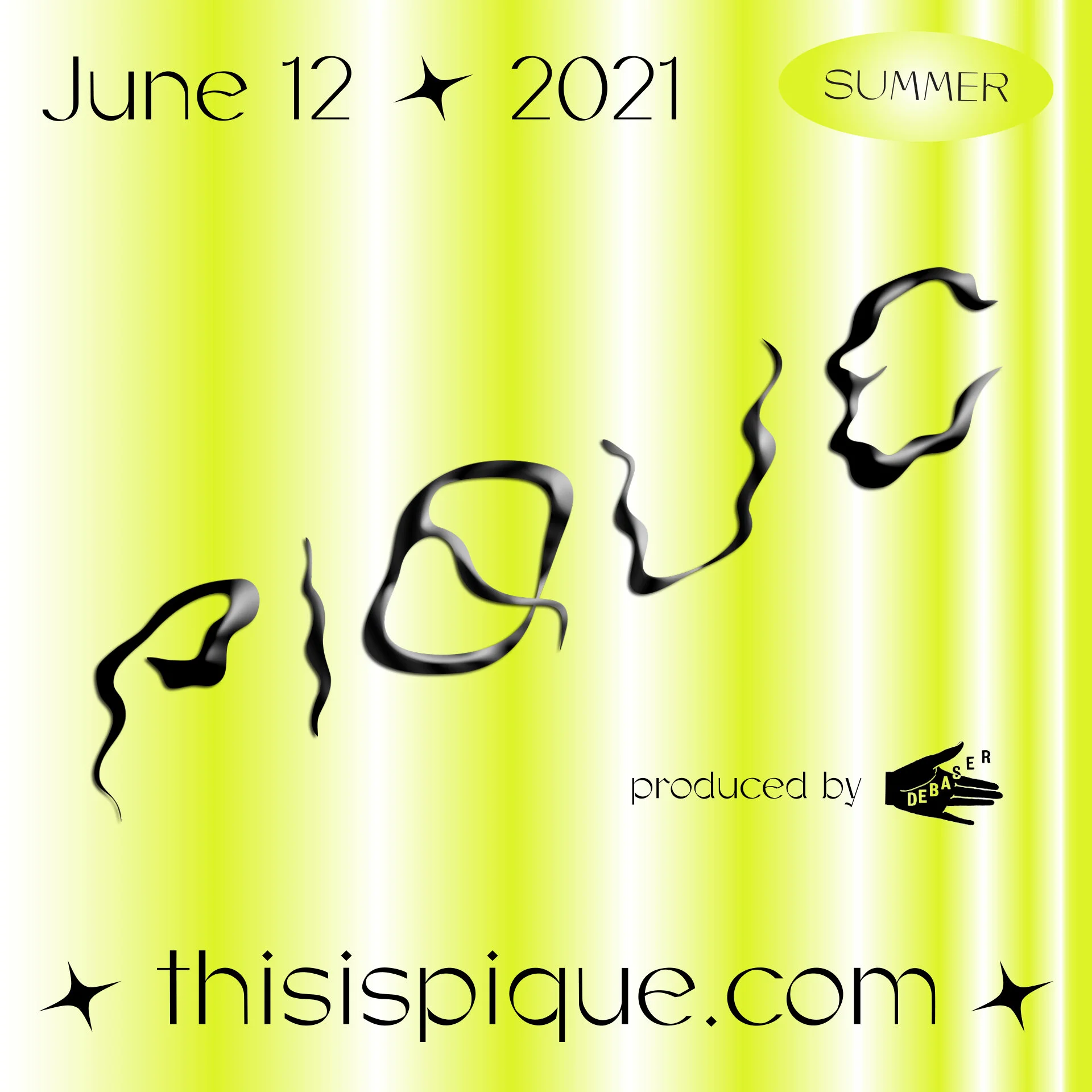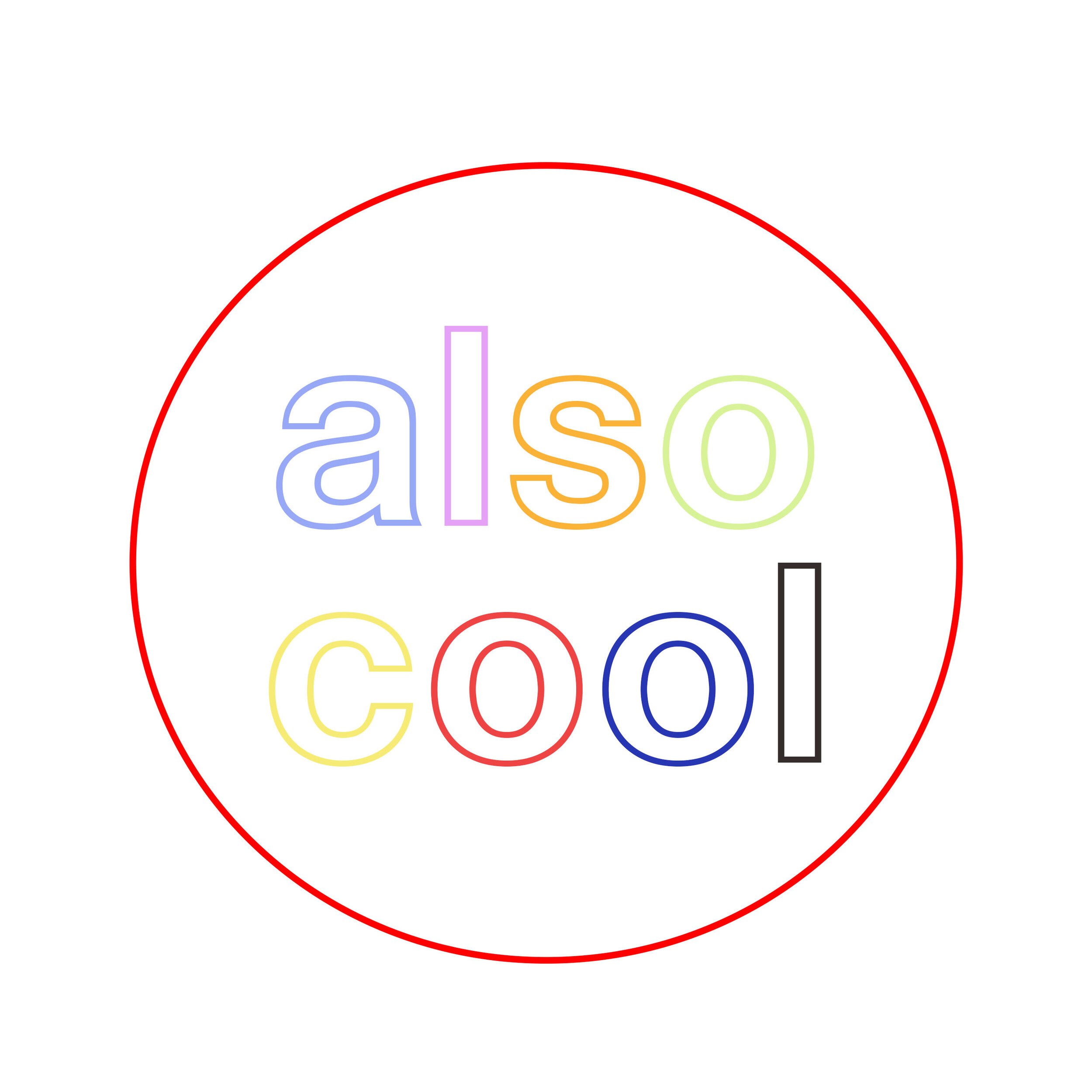Your Canon is Dead: Exploring Trickhouse Press and Virtual Oasis
Front cover of Virtual Oasis. Designed by Dan Power
When I think about the future, I admittedly drift to something ominous. Today’s youth must concern themselves with disenchanting realities: the rise of hyper-capitalist overlords, crises and collapses in every corner of the world… it’s easy to feel jaded with what could be.
But the future has also brought new opportunities for innovation, for tomorrow’s visionaries to tear it down and start anew. This era of interconnectivity can breed possibility and creativity like never before. This is the philosophy that guides Trickhouse Press, an online indie publishing press – particularly with their collection Virtual Oasis, a “dream shared between machines both fleshy and fibre-optic”.
Trickhouse Press and the Defense of “Weird Work”
Trickhouse Press is the brainchild of Dan Power, a Lancaster-based creative who takes inspiration from the gaps he longs to fill in the publishing industry. Trickhouse was founded during the UK’s lockdown in July of last year. Power notes that the press’ goals are “...to offer high-quality books at low costs, to treat each book as an object in itself, and to try and upset the stodgy UK poetry establishment by dropping books which are risky, playful, inventive, and wilfully going against tradition and convention.”
One principle of the press is that its only physical components are the publications themselves – submissions, sales and promotions occur entirely online using their webpage and Twitter. “I like the idea of these objects coming out of the ether,” Power shares, “like the digital has transferred into the real world when usually it's the other way around.” These relations between the digital and the physical are of key interest to the press, both thematically and in operations.
Each Trickhouse publication is treated as its own entity, bearing no resemblance to other releases and with no universal stylings for publishing design or format. Each publication carries its own creative philosophy and purpose. As Power puts it, “...each book is treated as a project in itself, and not like another gem in the press' crown.”
Front cover of Sticker Poems. Designed by SJ Fowler
Power is committed to taking the attitudes and processes of today’s creative outlets and flipping those on their head. “I want the press to be a space where weird work can be treated as something other than a novelty,” he explains, “and put on a level footing with the rest of the contemporary canon.” His perspective is inspiring, and much-needed on the scene – creative experimentation is not a cultural phase, but a longstanding and respectable tradition.
Power also expresses that the press holds a deep appreciation for aesthetics, and how “...visual culture forces language to adapt.” Trickhouse aims to “...stretch the definition of a poem as far as it can [go] by playing into the visual properties of the words as much as their meaning or contents.” He offers i know god is watching by Crispin Best as an example – a ludicrous collection of Minion memes accompanied by existentially-strained musings. These memes, a dialect within the digital language of boomers, are re-examined as vessels concealing the heaviest weights of the collective psyche. If this sounds ridiculous, yet believable, good – Trickhouse has delivered on its promises.
The first season of Trickhouse Press’ publications. Photo courtesy of Dan Power
Virtual Oasis: A Human-AI Anthology
Building off of these values and goals is Virtual Oasis, a poetry collection published by Trickhouse Press this past April.
Virtual Oasis is primarily an exercise in ekphrastic poetry, with human writers taking creative direction from AI-generated photographs and compositions. Creative submissions came from across the UK, representing contemporary scenes in Glasgow, Lancaster, London, and a few places in between. Power observes that “...the poems [in Virtual Oasis] tend to be more conventional, although the variety of the approaches ... and previously untapped source material allow [the work] to feel fresh and striking.” It humours me, how I underestimated these adjectives.
Going into my review of the collection, it was made clear that every stylistic choice in Virtual Oasis serves a purpose and warrants consideration, further obscuring the boundaries between human and artificial intelligence. The main idea is to suggest something far more reciprocal than AI as a source of creative inspiration – AI is in itself a creator, capable of mutual exchange and possibility.
The cover design of Virtual Oasis is a callback to cyberculture, with a Windows 95 WordArt banner and a shore of vaporwave gridlines. While this aesthetic hit its peak years ago, I interpret its purpose (and that of the title) as something precursory to comfort the reader with technological memories. I feel stretched between visuals of the near-past and approaches of the near-future, leaving me with a sense of disorientation that fits perfectly with the freefall of what’s to come.
AI-generated image for “to the woman on the Zoom open mic who started crying” by Rhiannon Auriol. Photo courtesy of artbreeder.com
A first look inside leads to a subverted oasis. All images for the collection were taken from artbreeder.com, a machine learning-based art website that relies on the ‘remixing’ of existing database images to generate new––and increasingly obscure––creations.
Cross-bred mutant pigs stand with assertion amongst a floating pool of sea anemones. What appears to be both a bird and a banana gapes at me from the depths of a sapphire sea, because why not? I am fascinated by the simultaneous freedom and limitation involved in deciphering this imagery. Does this technology ruminate on failures and successes in the name of creativity? Do the authors?
Regarding the collection’s typeface, Power notes a deeper consideration:
“The font was chosen to resemble code text, since in this anthology the poems function in the same way as lines of code - just as code was read and processed by a computer to generate the images we see on one page, the poems are read and processed by a human reader to generate mental images on the other. In this way, the distinction between artificial and natural intelligence is called into question, as the reader is asked to perform the exact same task as the AI.”
This reflection weighs heavy on my sleepy brain. Let’s see what this reader can accomplish.
AI-generated image for “Leaving is a sense of breaking contract” by Naomi Morris. Photo courtesy of artbreeder.com
Flipping through the collection, the reader is subjected to the same system crashes faced by technology. I naturally––unintentionally––fixate on the pieces that my brain can make sense of, but every passage is worth the mental exercise.
Accompanied by a knock-kneed girl with distorted attire, Naomi Morris’ piece “Leaving is a sense of breaking contract” describes personal habits of independence and detachment. I take comfort in its relevance and the synergy of this collaboration.
Matthew Whitton’s “from [ ] [ ] of what remains, With little else [ ] [ ] who complains?” stems from what appears to be a tilted desk lamp illuminating crimson-red walls. This postmodernist piece situates the function of a poem as a lighthouse meant to both highlight and obfuscate literary messages:
“...and what is our purpose, of course, but to say this: that the poem illuminates, without necessarily clarifying, the stream of revolution, which is, at once, an overturning and returning, and our metaphor of the lighthouse, therefore, is not a happy accident or the smug self- assurance of the perfect image; no, it is at work in the poem itself: steadfast, reliable, the light alights always on the same point, but always in motion…”
AI-generated image for “from [ ] [ ] of what remains, With little else [ ] [ ] who complains?” by Matthew Whitton. Photo courtesy of artbreeder.com
In fact, it is more fulfilling to make one’s way through the thickest fogs of experimentalism that the collection deploys. These entries revel in the syntax errors, ensuring speculation and deep reflection between reader and artist. Somewhere in the contents of James Knight’s “Drone” is commentary on modern technology’s ever-changing forms and functions. This piece is inspired by a similarly chaotic corruption on the AI’s behalf, involving an almost-collage of a disfigured entity strolling through clouds.
Visual Oasis has not done enough to dissolve my skepticism of artificial intelligence – but fortunately, that is not its intention. The collection pushes boundaries and challenges the mind to meta-rationalize its definitions of artistic merit; it prepares us for the future and appeals to our past. Virtual Oasis rejoices in the imperfections of both man and machine, delivering a coherent collection that only sometimes makes sense.
AI-generated image for “Drone” by James Knight. Photo courtesy of artbreeder.com
VIRTUAL OASIS
An anthology of human-AI responses
Edited by Dan Power
Trickhouse Press
Lancaster
April 2021
Featuring the creative work of Alex George, Calum Rodger, Dan Power, Denise Bonetti, Emma Bolland, James Knight, Kirsty Dunlop, Maria Sledmere, Mary Clements, Matthew Haigh, Matthew Whitton, Max Parnell, Memoona Zahid, Naomi Morris, Nasim Luczaj, Rhiannon Auriol, Robin Boothroyd, Sam Riviere, Sameeya Maqbool, Scott Lilley, SJ Fowler, T. Person, and Vik Shirley.
Trickhouse Press
Rebecca L. Judd (she/they) is the features editor of Also Cool Mag. She writes and creates out of her studio apartment in Ottawa, kept company by vivid dreams and a cuddly grey kitty named Dora.
This interview was conducted over email, and has been condensed and edited for clarity.





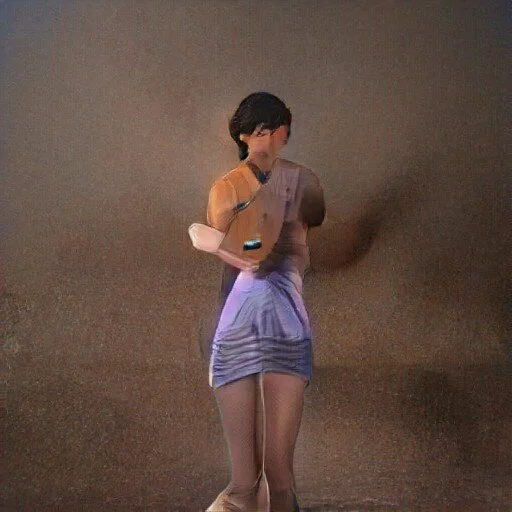
![AI-generated image for “from [ ] [ ] of what remains, With little else [ ] [ ] who complains?” by Matthew Whitton. Photo courtesy of artbreeder.com](https://images.squarespace-cdn.com/content/v1/5da4c68a227a253ac912f3a7/1629286297396-RLX4JXFW9XK4E2XWSCRO/Matthew+Whitton.jpeg)






